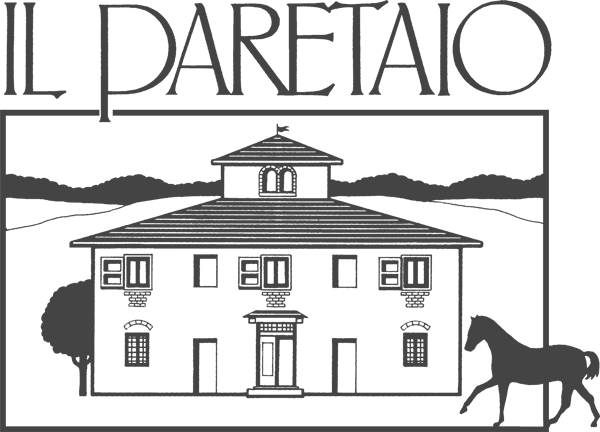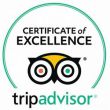In our philosophy of riding at Il Paretaio we think that the attention to details makes the difference. We have been teaching to so many riders (around 12.000!) and this unique experience has developed in us an incredible sense of observation and capability to understand very QUICKLY where the rider needs a small change. All these things are important for a good rider or trainer:' understanding', 'small change' and 'rapidity '(quickly). Calibration, the skill of measuring small changes is essential for a good equitation. Riders, trainers, teachers need to use this skill constantly. Calibration can be visual but we can do it with our other senses too. Calibration can be improved by visual, kinesthetic observation and hearing.
Concerning this important skill for riders I found an interesting chapter on the book 'Schooling problems solved with NLP by Wendy Jago where she talks about visual calibration.
"Calibration is the skill of measuring small changes. People who are good at any physical skill are good at calibration; so are those who are skilled with people. But so are we all, in some ways, even though we may not know that calibrating is what we are doing. When we wake up in the morning and have a feeling that we are in some way off-colour, we have been calibrating, perhaps unconsciously, differences from the way we usually feel, and on that basis have reached the conclusion that something isn't right. It may be several hours, or even days, before those slight differences have grown into something we can label as a cold, or flu, or depression, or a pulled muscle. When you are having a lesson, you may be amazed sometimes at how your teacher can pinpoint where a problem stems from, and what you need to correct it. The everyday word "pinpoint" tells us how small such a piece of important information can be.
Good teachers, good trainers, in whatever sphere, are good calibrators. They notice small changes in detail, and how they relate to the overall pattern of what they are looking at. That is another way to describe calibration: it's a bit like those 'spot the difference' pairs of pictures in children's puzzle books. But whereas in that case both examples are available at once, with calibration one example is in the memory. The remembered examples may be from a few minutes - or even seconds - ago, last week or last year. As we get better at the skill, we get better at monitoring changes from moment to moment - and this gives us the ability to recognize the situation we are working with and to make desired changes very quickly. Sometimes my trainer has said that, for example, a shoulder-in or half-pass began well but then fell apart after a few strides: 'It would have been better to abandon it as soon as it started to go wrong rather than continuing', she might say. But often, her speed at calibration was faster than mine, so whereas she could have made an earlier decision to abandon the attempt, I couldn't. Nowadays, I am often faster than I was - but usually still not fast enough to make a correction before she comments: ' He's losing impulsion!' ' I know!' ' Well...' ('do something about it, then...' is implied).
If we want to improve our ability to calibrate, it helps to concentrate on one thing at time, otherwise we get overwhelmed with information and find it hard to sort out. The dreaded neck-watching is something most dressage riders are reasonably good at calibrating: we know some of the key features of how a neck should be - rounded, soft muscle, bulge near the crest, triangular bulge in front of the saddle. We watch, often to the detriment of true 'throughness' from behind, for the small changes that tell us our horse is on or off the bit or going from one to the other.
If we have the chance of watching other riders, we have a freer attention to practice our calibration. Again, it's best to pick one feature and really watch for that. What does a 'swinging back' look like? What tells us that the horse is 'engaging behind' - or not? We can learn from books, videos and experts what we should be looking for, we can begin to watch how, moment by moment, a working horse and rider get closer to this ideal, or further away from it.
If you have the opportunity of writing for dressage judges, this can also be a good way of learning, since they have to comment very rapidly on what they are seeing. Watching good teaching and training is even better, because good trainers give their pupils ongoing feed back on small details as they notice them, and suggest small improvements they can make. So, as observers, we are also being taught. If you are able to have your own riding recorded on video, even if there is no teacher present, you can later stop and start and pause and compare details of what you see, always being mindful of small changes and small detail."
Calibration,the skill of measuring small changes

News
Staff Il Paretaio
2016-05-25 


